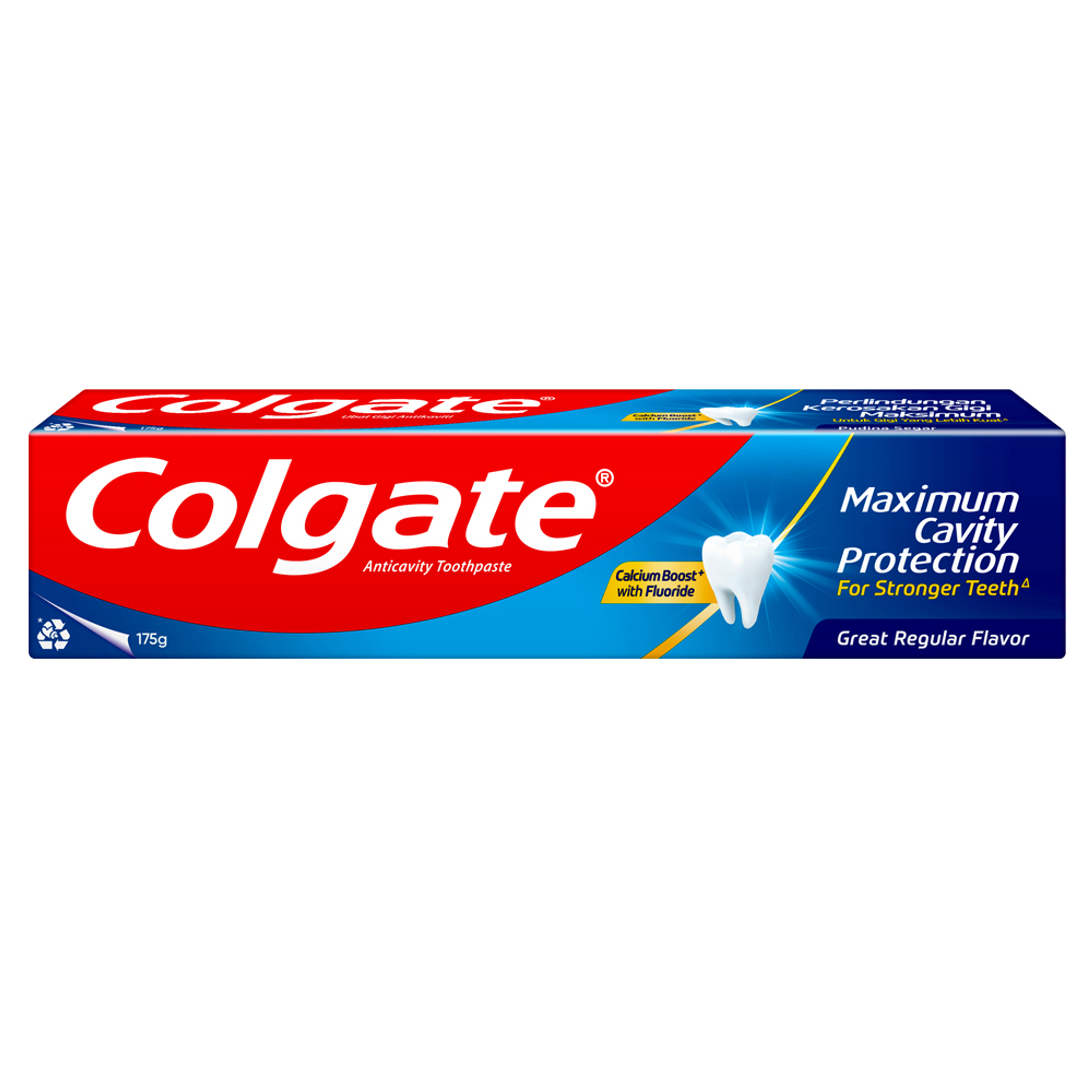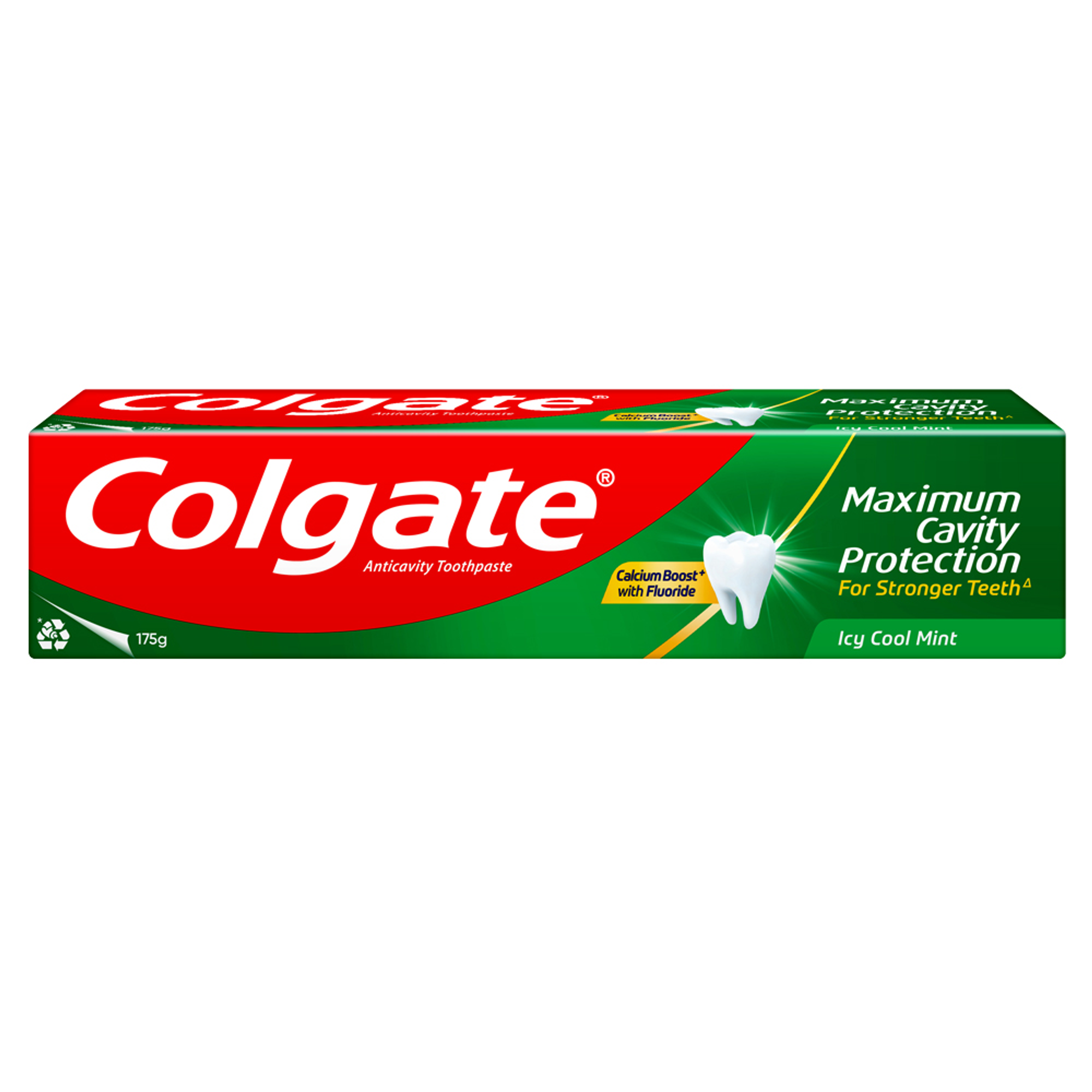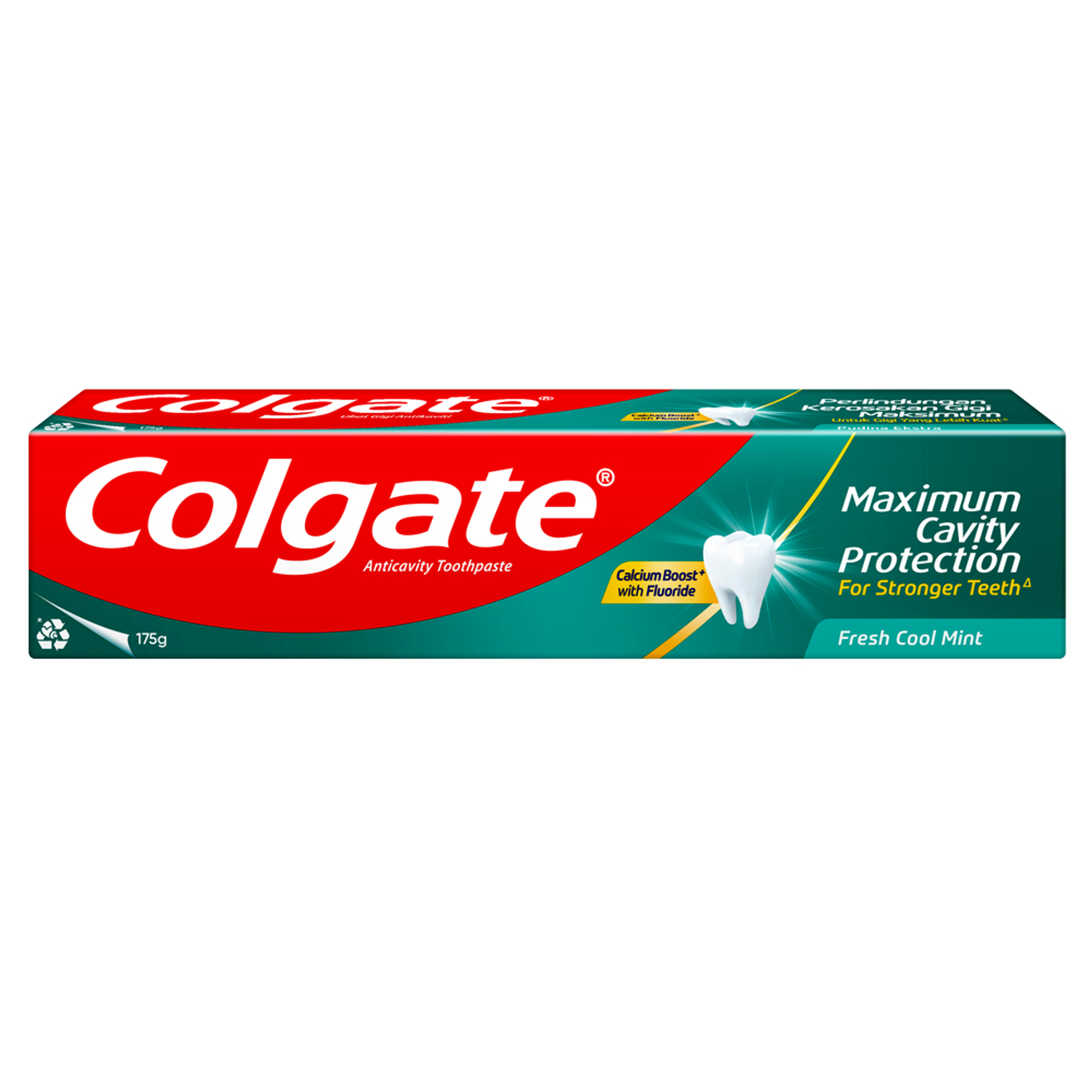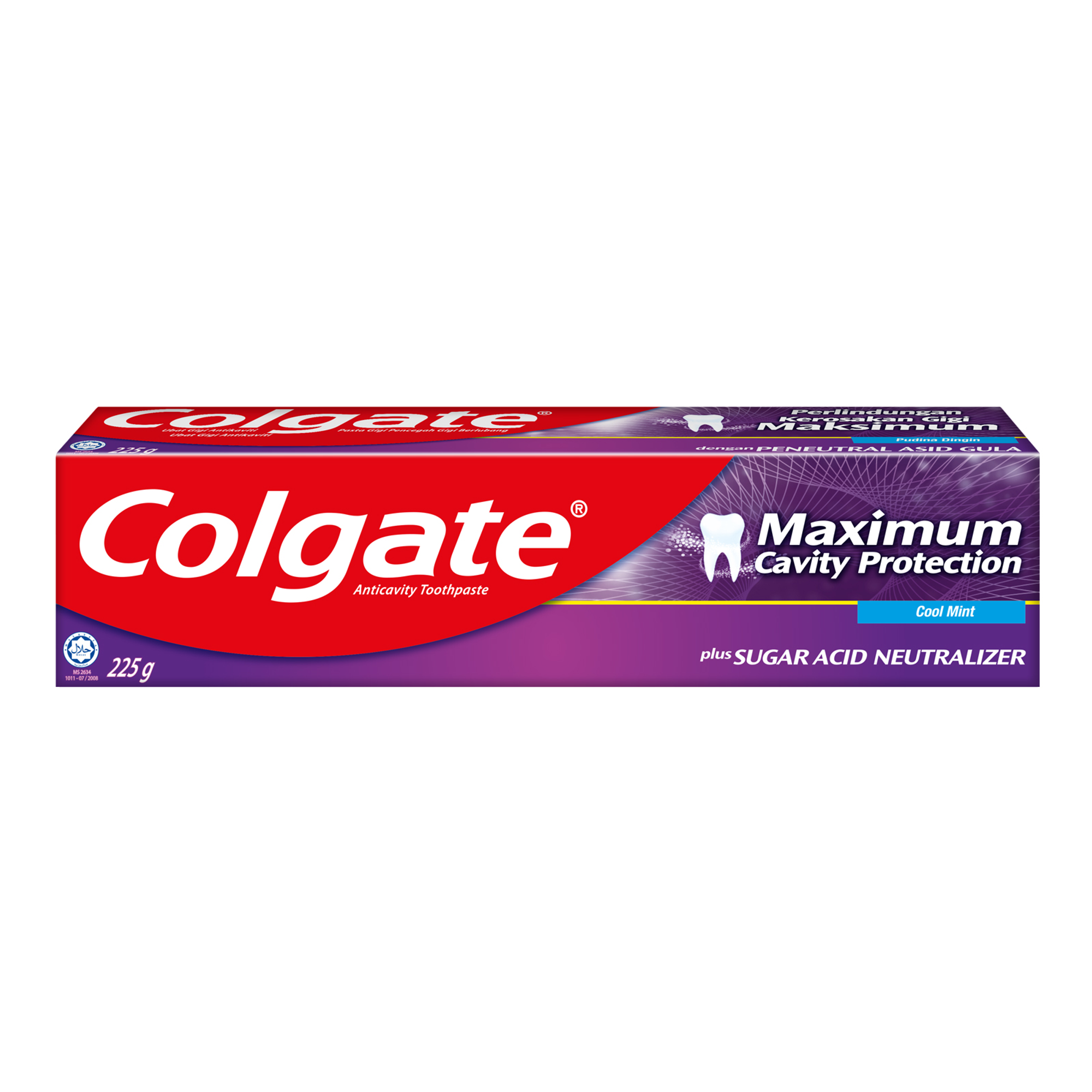- Oral Health and Dental Care | Colgate®
- Oral Health
- Prevalence, Statistic and Prevention


Dental caries, as many other conditions, has its own set of contributing factors that include the genetic, environmental, and behavioral. Some factors that are more easily controlled by daily regimen and treatment are oral hygiene, diet, dentition, cariogenic bacteria, exposure to fluoride, exposure to pH-altering liquids and quality and quantity of saliva. But there are other factors that play a significant role in the prevalence of dental caries and that either cannot be changed or resist change: age, sex, race, ethnicity, genetic predisposition and especially economic status and access to dental care. Using this information, populations at risk for caries can be identified.
Prevalence of Dental Caries
Prevalence is the statistical number of cases of a condition found in a specific population at a specific time. Incidence is the number of new cases that happen during a specific period. The perception that dental caries is generally on the decline has come with greater public awareness, fluoridation of many states' water supply, fluoride toothpaste and use of fluoride varnishes in dental practices. According to the WHO, dental caries are the most prevalent oral disease in the South-East Asian region, affecting 70% to 95% of school-aged children and the vast majority of adults. Early childhood caries are an increasing problem, with rampant caries leading to rapid decay of deciduous teeth. In older age groups, dental caries prevalence is high with low severity; most disease remains either untreated or affected teeth are extracted.
Statistical Information on Dental Caries
National Health and Nutrition Examination Surveys are performed by the government every several years and track the caries rate in the United States. The most recent survey indicates that 42 percent of children in the U.S. between the ages of 2 and 11 have developed cavities in baby teeth, with the majority being children near poverty level. Fifty-nine percent of American adolescents between the ages of 12 and 19 have had dental caries in their permanent teeth. Again, those in the lower income levels in the U.S. make up the majority of the adolescents with decay. Untreated decay in American adults exists in 23 percent of individuals between the ages of 20 and 64 Root caries in adults follows similar patterns: Socioeconomically disadvantaged populations with less education and lower income have a much higher prevalence of root caries. This is evidence that certain populations need better access to the care that families in the upper income brackets have.
Treatment and Preventive Strategies
The Center for Disease Control and Prevention has identified effective intervention strategies. These include improving the mother's oral hygiene to limit disease transmission to the child, fluoride in the water, fluoride varnishes (which are very effective) and xylitol, which is now found in sugarless gum. Also, patients need to make behavioral and dietary changes.
Awareness, access to care, early intervention and fluoride varnish care will reduce the incidence of new caries cases in the United States. Varnishes should be a part of every dentist's regimen to prevent decay in those individuals at risk for root caries. This will be especially important for aging populations. Caries is a condition that can be eliminated.
Related Articles

A black spot on teeth may appear as a stain or cavity. It can be caused by decay, plaque buildup, or staining foods. Learn what it means and how to treat it

Toddler tooth decay is a concern for parents because 42 percent of children ages 2 to 11 develop a cavity in their primary teeth.

Learn about a common yet preventable oral health issue in children: early childhood caries. Find out what they are, risk factors, prevention, & treatment.
Related Products

Helping dental professionals
More professionals across the world trust Colgate. Find resources, products, and information to give your patients a healthier future










